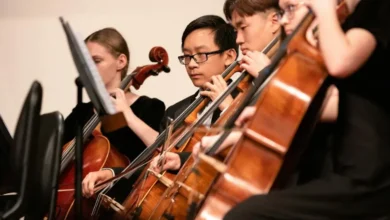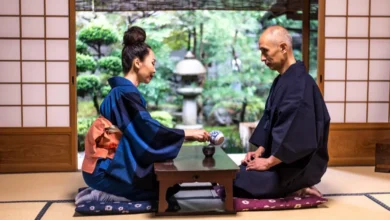The Lunar New Year, often called Chinese New Year, is a vibrant and globally celebrated festival. It’s more than just fireworks and parades; it’s a time deeply rooted in tradition, family, and cultural heritage.
Understanding the cultural significance of Lunar New Year traditions gives us a glimpse into the values and beliefs of the communities that observe it. This article explores some of these rich traditions, providing you with a deeper appreciation of this special time of year.
Understanding the Lunar Calendar
Before diving into the specific traditions, it’s important to understand the lunar calendar. Unlike the solar calendar used in many Western countries, the Lunar New Year is based on the cycles of the moon. This means that the date of the New Year varies each year, typically falling between late January and mid-February.
The lunar calendar also assigns an animal to each year in a 12-year cycle, commonly known as the Chinese Zodiac. Each animal is believed to possess unique characteristics that are said to influence the events of that year and the personalities of individuals born in it. These cyclical and astrological elements significantly shape the observances during the Lunar New Year.
See also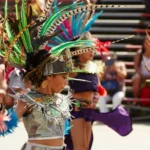 Celebrating Seasons: Festivals Across Cultures
Celebrating Seasons: Festivals Across Cultures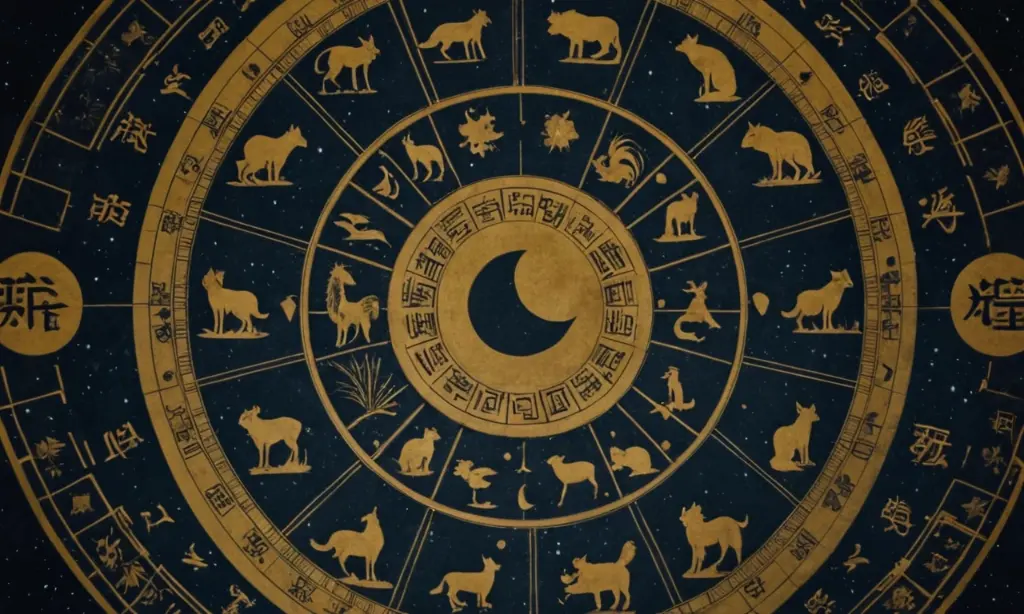
Family Reunions: The Heart of the Celebration
Perhaps the most central aspect of the Lunar New Year is the emphasis on family. It’s a time for families to reunite, often traveling long distances to celebrate together. This reunion is called “tuanyuan” in Mandarin, which translates to “coming together in a circle.”
The most important meal of the celebration is the Reunion Dinner, held on the eve of the New Year. This is a lavish feast, rich with symbolism, where family members share food, stories, and laughter. The importance of this event underscores the significance of filial piety and familial bonds in many Asian cultures.
Symbolism in Food
The food served during the Reunion Dinner is not just meant to nourish but also to convey symbolic meanings. For example, dumplings shaped like ancient Chinese ingots are eaten for good fortune. Long noodles represent longevity, and fish, pronounced as “yu” in Mandarin, sounds like “abundance,” symbolizing wealth.
The specific dishes vary by region and family traditions, but the underlying theme of prosperity, good health, and togetherness remains constant. Eating certain foods also carries the hope for a better year ahead. Each carefully selected dish plays a role in the overall narrative of renewal and hope.
See also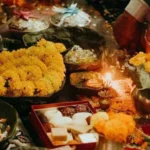 How Food Shapes Rituals in Cultural Celebrations
How Food Shapes Rituals in Cultural CelebrationsRed Envelopes: Blessings of Good Fortune
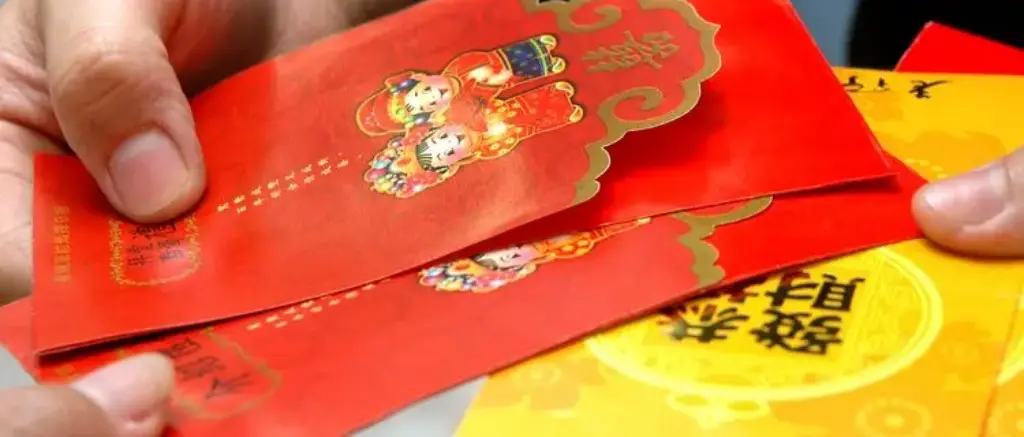
Another iconic tradition of the Lunar New Year is the giving of red envelopes, often called “hongbao” in Mandarin or “lai see” in Cantonese. These are small, red paper packets containing money, typically given by elders to younger family members and unmarried adults.
The color red symbolizes good luck and happiness, and the act of giving the envelope is considered a blessing of prosperity and well-wishes for the new year. The amount of money is not as important as the gesture and the blessing it carries. It’s a practice deeply ingrained in the culture and is often eagerly anticipated, particularly by children.
The Significance of the Color Red
The significance of the color red extends beyond just the envelopes. Red is prominently featured in decorations, clothing, and even fireworks, as it’s believed to ward off evil spirits and bring good fortune. During the Lunar New Year, red is everywhere, creating a festive and vibrant atmosphere.
This symbolic use of red is consistent across many East and Southeast Asian cultures, reflecting a shared belief in its protective and auspicious properties. The widespread use of red reinforces the themes of happiness, prosperity, and protection against ill fortune.
Lantern Festivals: Illuminating the Future

The Lunar New Year celebrations don’t end on New Year’s Day. They culminate with the Lantern Festival, which marks the fifteenth day of the first lunar month. During the Lantern Festival, families display colorful lanterns, often adorned with riddles.
The lanterns are meant to light the way for good fortune and to symbolize hope for the future. It’s a time for joyous festivities, with traditional dances, performances, and the sharing of sweet rice balls, or “tangyuan,” symbolizing family unity. The Lantern Festival is a beautiful closure to the New Year celebrations, emphasizing the theme of light, hope, and community.
Riddles and Celebrations
The tradition of writing riddles on the lanterns is an interesting cultural activity. Families gather to solve them, which adds an element of fun and intellectual engagement to the festivities. This tradition encourages learning and cultural transmission through generations.
Beyond riddles, Lantern Festivals often feature dragon and lion dances, which are energetic and vibrant performances meant to ward off evil spirits and bring good luck. These cultural performances enhance the festive atmosphere and contribute to the community’s shared experience.
Cleaning and New Beginnings
An important preparation for the Lunar New Year involves a thorough house cleaning. This ritual goes beyond mere tidiness. It’s believed that cleaning the house before the New Year sweeps away any ill-fortune or negativity from the past year, making room for new blessings and good luck. This cleansing is a symbolic act of clearing space for fresh starts and new opportunities. It’s a practice that reinforces the idea of renewal and a fresh beginning, both literally and figuratively.
The Significance of Sweeping
It’s important that the cleaning occurs *before* the actual New Year’s Day. Sweeping or cleaning on the first few days of the New Year is traditionally avoided, as it’s believed that you might sweep away any good luck that has just arrived. The emphasis on pre-New Year cleaning is also tied to the idea of paying respect to the past year, letting go of its challenges, and preparing for the new one with optimism. This act of cleansing is a crucial part of the cultural practices leading up to the New Year celebration.
Paying Respects: Ancestral Veneration
Another crucial aspect of Lunar New Year celebrations is paying respect to ancestors. Many families engage in rituals to honor their ancestors, believing that this brings blessings and protection. These acts of remembrance may involve setting up a family altar, offering food and incense, and burning paper money or other symbolic gifts for the deceased. Ancestral veneration reflects a deep respect for lineage and family history, and it forms a significant part of the cultural values associated with the Lunar New Year.
Honoring Family Roots
This practice of honoring ancestors emphasizes continuity between generations and reinforces family bonds across time. It’s a reminder of the importance of knowing one’s roots and respecting the sacrifices and contributions of those who came before. The rituals are not simply about mourning but also about celebrating the lives of those who have passed and maintaining a connection with them. These ancestral rites highlight the continuity of tradition and the collective family memory.
Fireworks and Noise: Warding Off Evil
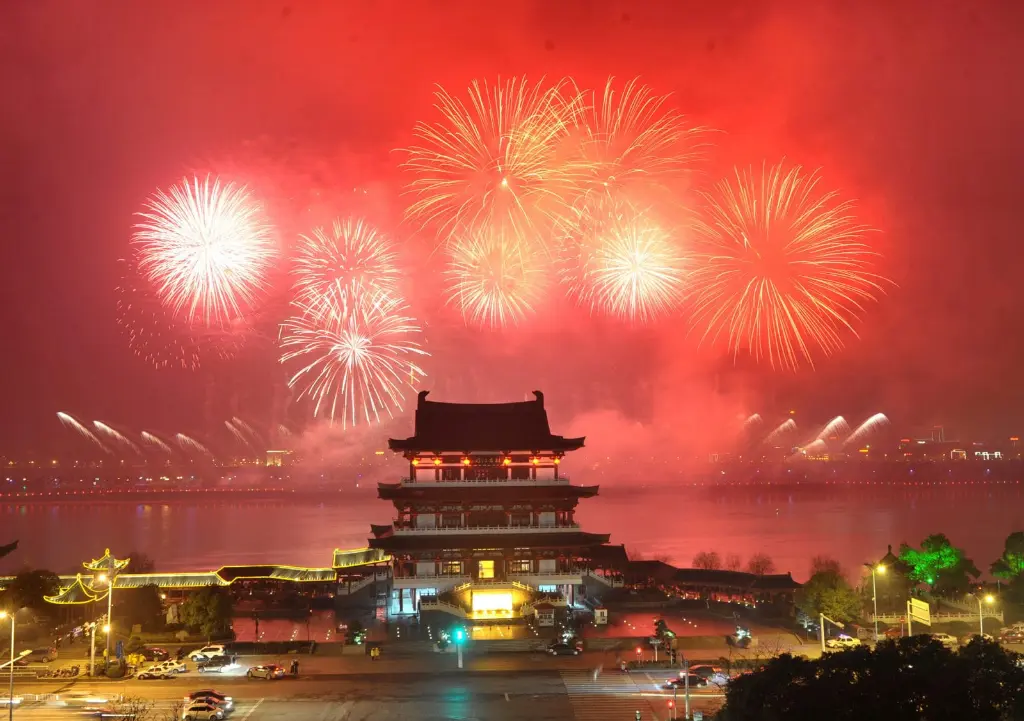
Fireworks and loud noises are an integral part of the Lunar New Year celebration. It’s believed that the loud bangs and bright displays of fireworks help to ward off evil spirits and bring in good luck. This tradition is not only exciting and visually spectacular but also carries deep symbolic meaning.
The collective noise and vibrant displays are meant to cleanse the atmosphere and ensure a positive start to the new year. Fireworks add a unique and thrilling element to the celebrations, making them memorable for everyone involved.
The Community Experience
The widespread use of fireworks also fosters a sense of community as families and neighbors often set them off together. This collective participation is a crucial aspect of the celebration, strengthening social bonds and fostering a sense of shared experience. The sounds of firecrackers and the visual spectacle of fireworks fill the air with excitement and contribute to the overall festive atmosphere. This practice is not just about individual families; it’s a shared community experience that amplifies the spirit of the Lunar New Year.
Wearing New Clothes: Symbol of Renewal
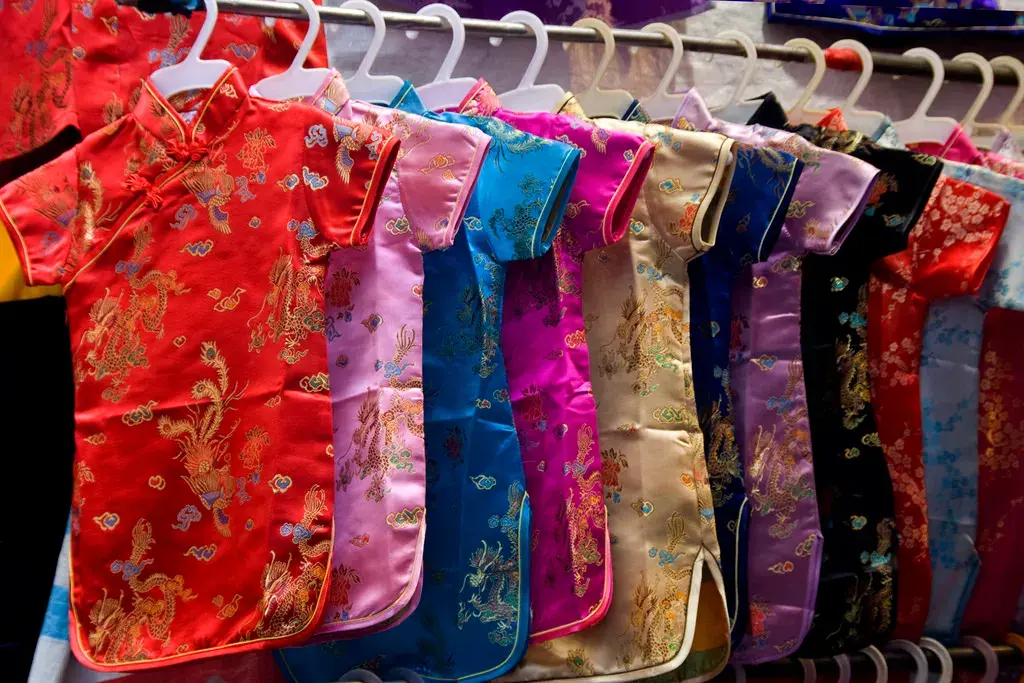
Wearing new clothes during the Lunar New Year is a common practice that carries symbolic significance. New clothes represent a fresh start and the shedding of the past, just like the house cleaning. Often, these new garments are in bright, festive colors, further emphasizing the spirit of renewal and optimism for the future.
It is believed that wearing new clothes at the beginning of the New Year brings good luck and sets a positive tone for the coming months. This practice symbolizes an outward manifestation of the inner desire for positive change and fresh beginnings.
Dressing for Good Fortune
The selection of new clothing often reflects the festive mood of the celebration, with bright colors and traditional designs being particularly popular. The emphasis on newness reflects the broader theme of the New Year, which is to leave behind the old and embrace the fresh and new.
Beyond being visually appealing, dressing in new clothes is an important ritualistic practice that reinforces the cultural significance of the holiday. It’s a simple but powerful way to participate in the collective celebration and to signify a new beginning.
Regional Variations: A Tapestry of Traditions
While many of these traditions are commonly practiced, the Lunar New Year is celebrated in numerous countries and regions across Asia, each with its own unique variations and customs. In Vietnam, the festival is called Tết, and it often includes special dishes like bánh chưng (a savory rice cake) and the observance of Ông Táo (the Kitchen God).
In Korea, the holiday, known as Seollal, involves paying respects to ancestors through ancestral rites and the wearing of traditional clothing like the hanbok. These regional variations demonstrate the rich diversity within the larger celebration of the Lunar New Year, highlighting the unique cultural expressions of each community.
Embracing Diversity
Even within China itself, the traditions and observances vary significantly from region to region. These regional differences showcase the complex and layered history of the festival and add richness to its cultural tapestry. The diversity of practices reinforces the notion that the Lunar New Year is not a monolithic celebration but a collection of related yet distinct traditions, all sharing the same foundational values and significance. This mosaic of practices is a testament to the enduring appeal and adaptability of this cultural tradition.
Conclusion: The Enduring Legacy
The Lunar New Year is more than just a holiday; it’s a cultural phenomenon deeply embedded in the values of family, respect, tradition, and hope. From the symbolism in food to the vibrant displays of fireworks, each practice carries a profound meaning and plays a vital role in the overall experience of the celebration.
Understanding the cultural significance of Lunar New Year traditions not only enriches our appreciation of this festival but also provides insights into the beliefs and values of the diverse cultures that observe it. This vibrant celebration continues to connect generations, foster community, and provide a symbolic new beginning for people around the world. The traditions, both old and new, continue to be passed down, ensuring the enduring legacy of this significant cultural event.


